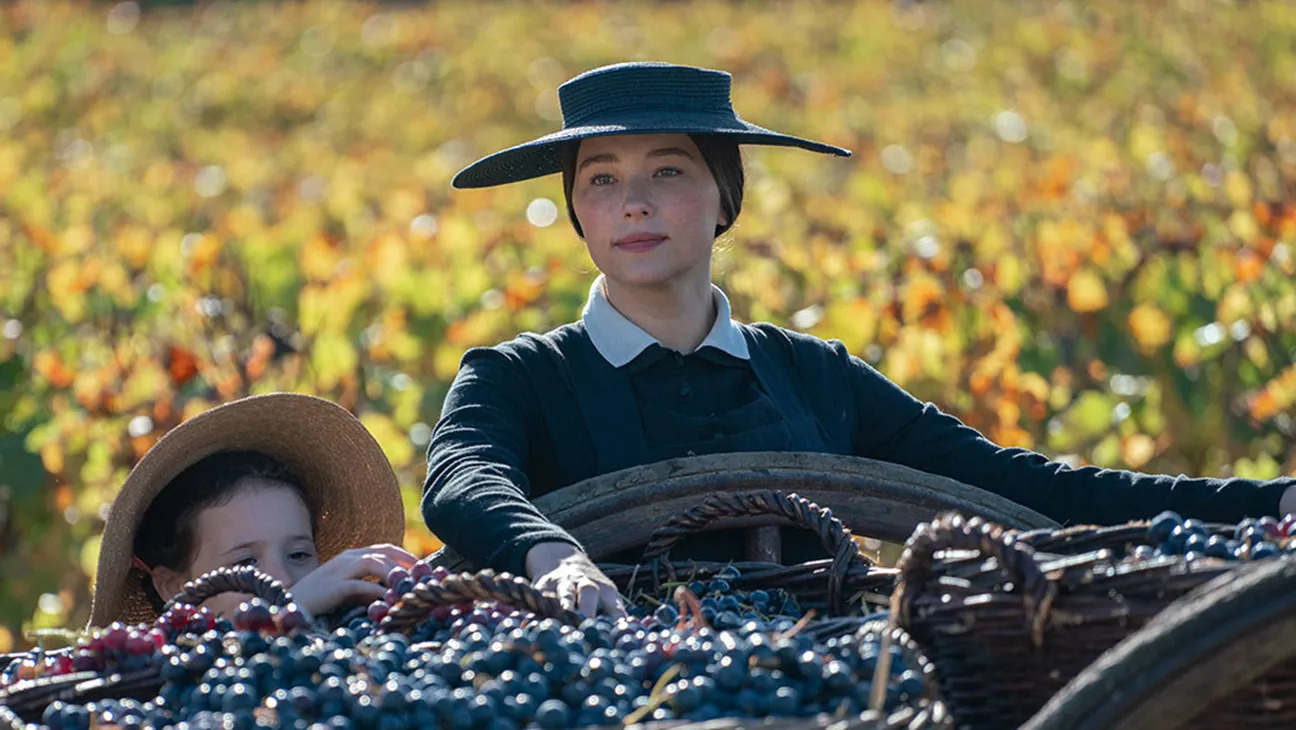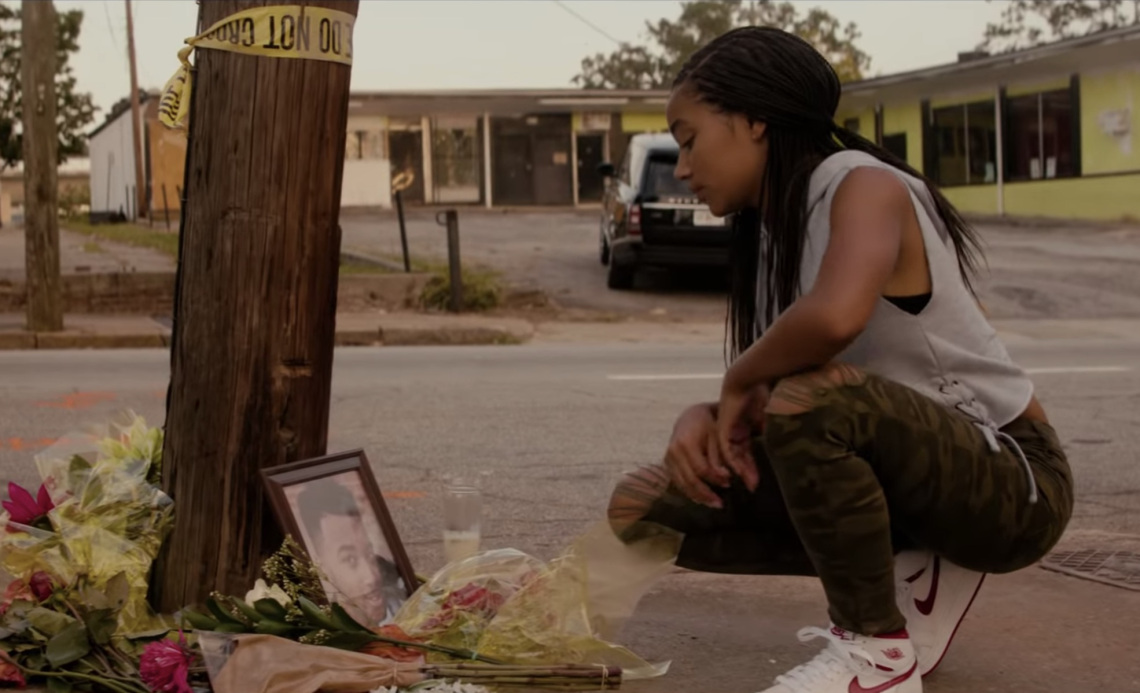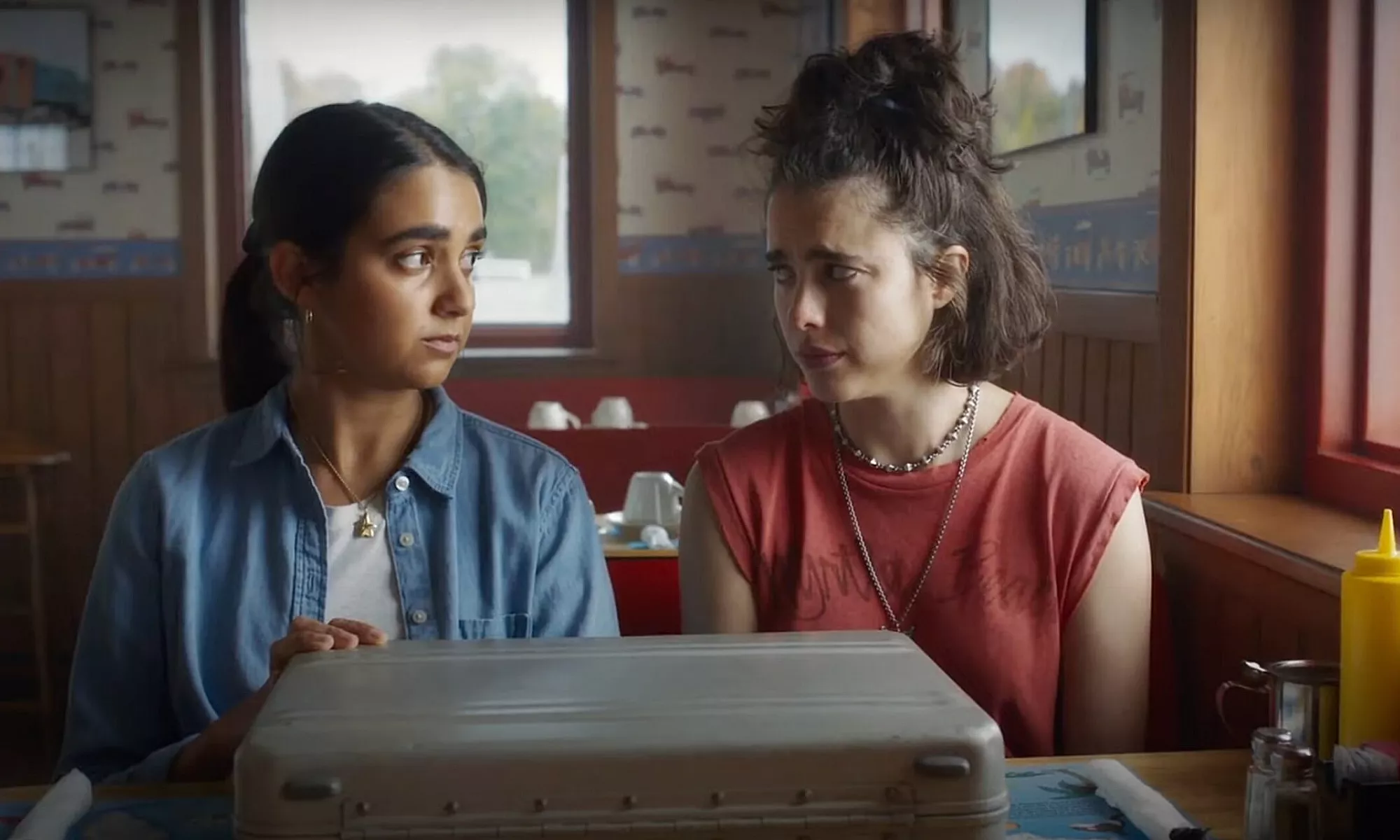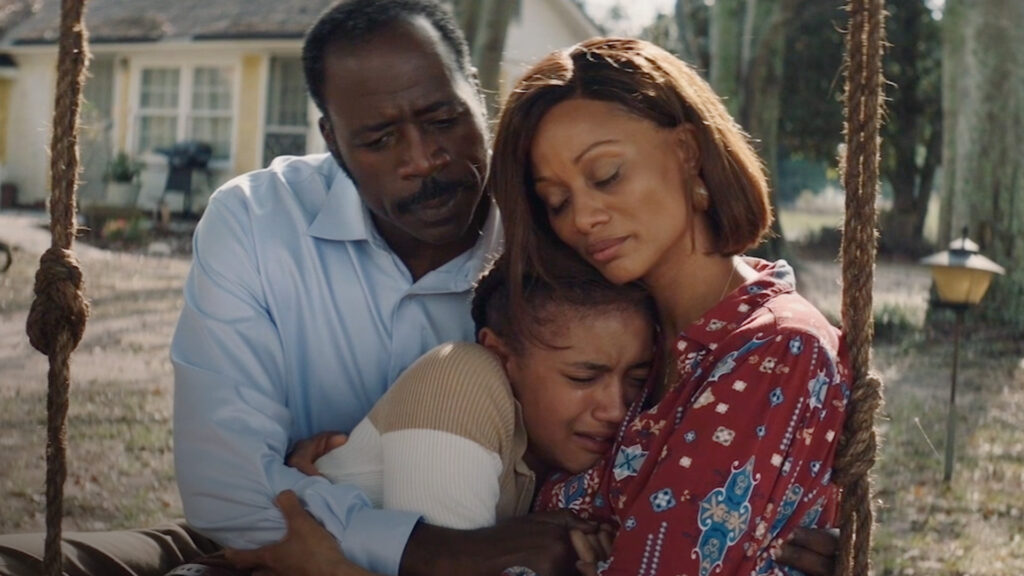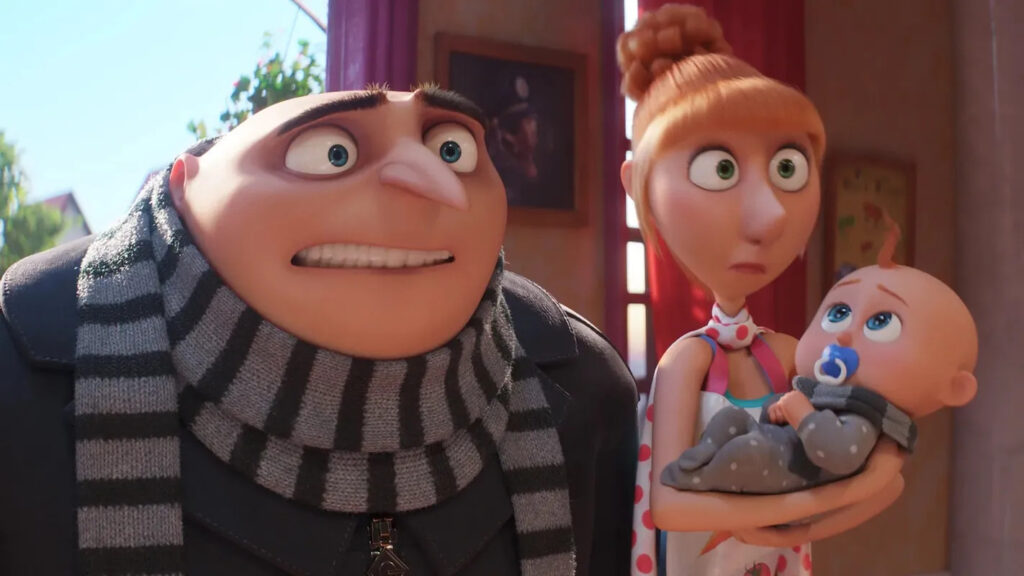Fly Me to the Moon
Posted on July 11, 2024 at 12:12 pm
A-| Lowest Recommended Age: | Middle School |
| MPAA Rating: | Rated PG-13 for some strong language and smoking |
| Profanity: | Some strong language |
| Nudity/ Sex: | Some sexual references |
| Alcohol/ Drugs: | Alcohol and smoking |
| Diversity Issues: | Issues of perception, expectations, and treatment of women |
| Date Released to Theaters: | July 12, 2024 |
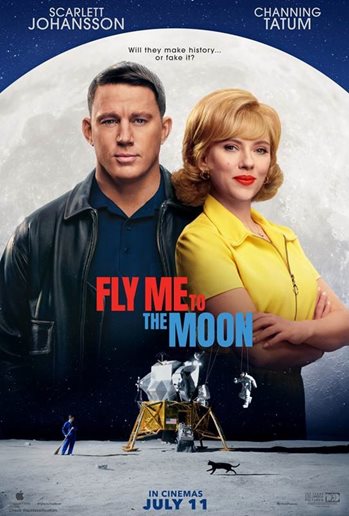
Unless you care more about historical accuracy than a rollicking good story, I think you will really enjoy this movie, one of the most purely entertaining films of the year. And some of it is even true.
There are many places to get the real story of the moon landing. This has some of the story right, and some enhanced for dramatic, comedic, and romantic purposes, all of which are very well served.
Scarlett Johansson, who also produced, plays Kelly, an advertising executive who has the right combination for success in that field: she always understands her market/target/audience and she will say or do whatever it takes on its behalf. She can spin anything and that includes selling her own services.
She is approached by a mysterious man who says his name is Moe Berkus ( Woody Harrelson) and that he works for President Richard Nixon. John F. Kennedy promised an American man on the moon by the end of the decade and the end of the 60s is approaching. For the politicians, this is an essential achievement for the Cold War battle for supremacy of capitalism and democracy. If that sounds more like branding than public policy, you understand why, in the midst of some of the most divisive and troubled years of the 20th century, someone might decide that what NASA needed was an expert in marketing. After all, selling a product, whether breakfast cereal, car, or the space program, is about making the product real, immediate, personal, and aspirational. Kelly and her assistant arrive in Cocoa Beach, ready to sell the moon.
You could say the people in NASA were not happy about this, but perhaps a better term would be horrified. Their culture is about secrecy (national security), science, and control. The person in charge is Cole Davis (Channing Tatum) and he does his best to discourage Kelly. In other words, the ideal set-up for romantic sparks, and when it’s Tatum and Johansson, it’s more like fireworks. They are wonderful together.
The sharp, witty, and wise screenplay is by third-generation Hollywood writer Rose Gilroy (her grandfather was “The Subject Was Roses” screenwriter Frank Gilroy and her parents are Dan Gilroy of “Real Steel,” “Kong: Skull Island,” and “Nightcrawler” and Rene Russo). It skillfully balances the romantic comedy with the dramatic themes and the inherent tension in the goal everyone is working toward. Even if we know that indeed Neil Armstrong and Buzz Aldrin will indeed walk on the moon the question of public support, we get caught up in the surprising challenges along the way. Who could guess that having astronauts sell watches, cars, and underwear — and, of course, Tang — would make them so relatable Americans would start to root for them? What will they have do and which Senators will they have to persuade to get the funding they need? Is there a way to sell space not as a distraction but as an unassailable story of American heroes and know-how?
Cole and Kelly have real differences that give this film a welcome depth. Both on the personal and professional level, the issue of what the truth is and how and when to tell it is presented thoughtfully and with the complexity it deserves, but it is never pedantic or preachy. Jim Rash plays a temperamental commercial director Moe insists join the team to make a back-up for the broadcast. The stunning technological innovations from a group of engineers with an average age of 26, working to solve the biggest jigsaw puzzle in the history of the world, in a building tall enough to enclose four Statues of Liberty on each other’s shoulders.
And there is a wonderful black cat. Plus Johansson’s husband, Colin Jost, in a brief, funny cameo. This movie is romantic, funny, exciting, and meaningful, filled with joy, honoring the heroes of the voyage to the moon for their dedication, innovation, and courage. And it has heartwarming compassion for the vulnerability of its characters that resonates with us long after the movie is over.
Parents should know that this film has some strong language, references to criminal behavior and a shooting in self-defense. For historical accuracy, there is a lot of smoking and a character talks about the impact on his health.
Family discussion: Who changes more, Cole or Kelly? Who is currently in the International Space Station today? Would you like to go to the moon? Visit the Smithsonian’s Air and Space Museum, where you can touch a real moon rock and see the NASA capsules.
If you like this, try: Other films about the Apollo 11 program, including “The Dish,” “Hidden Figures,” “First Man,” Tom Hanks’ excellent miniseries, “From the Earth to the Moon,” and the documentaries “Earthrise” and “Apollo 11”


